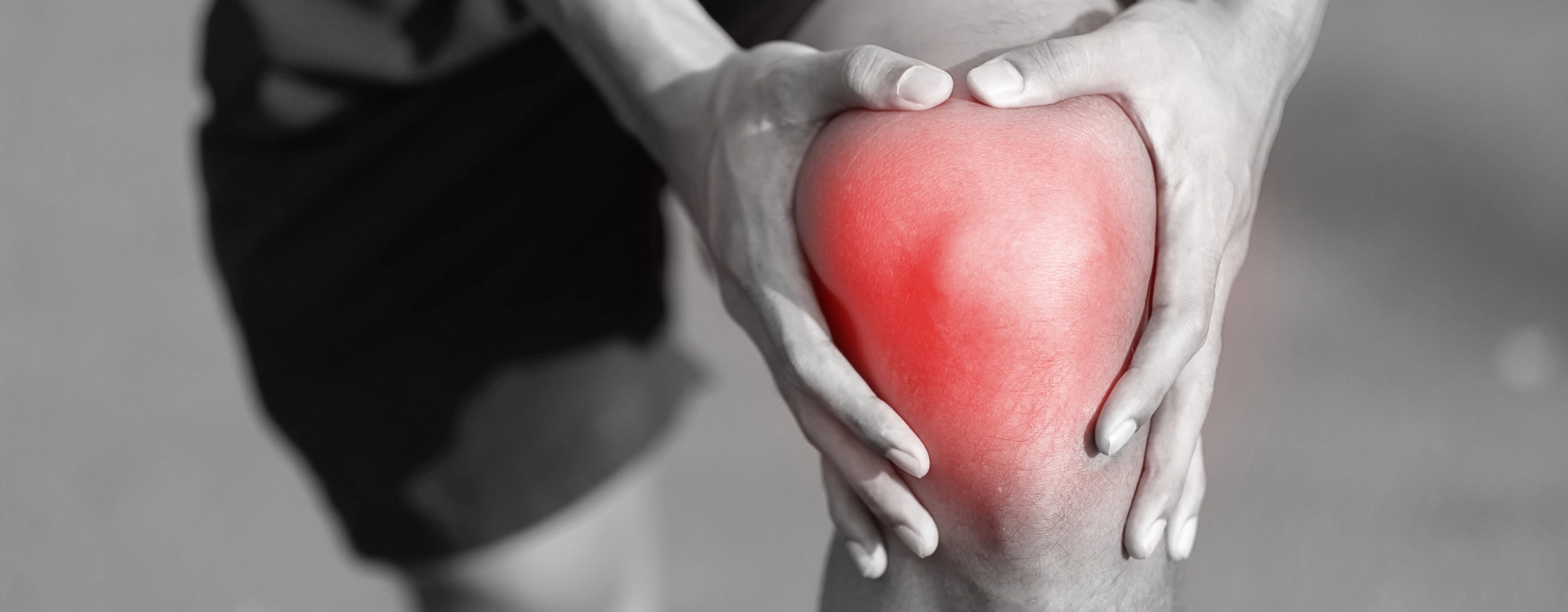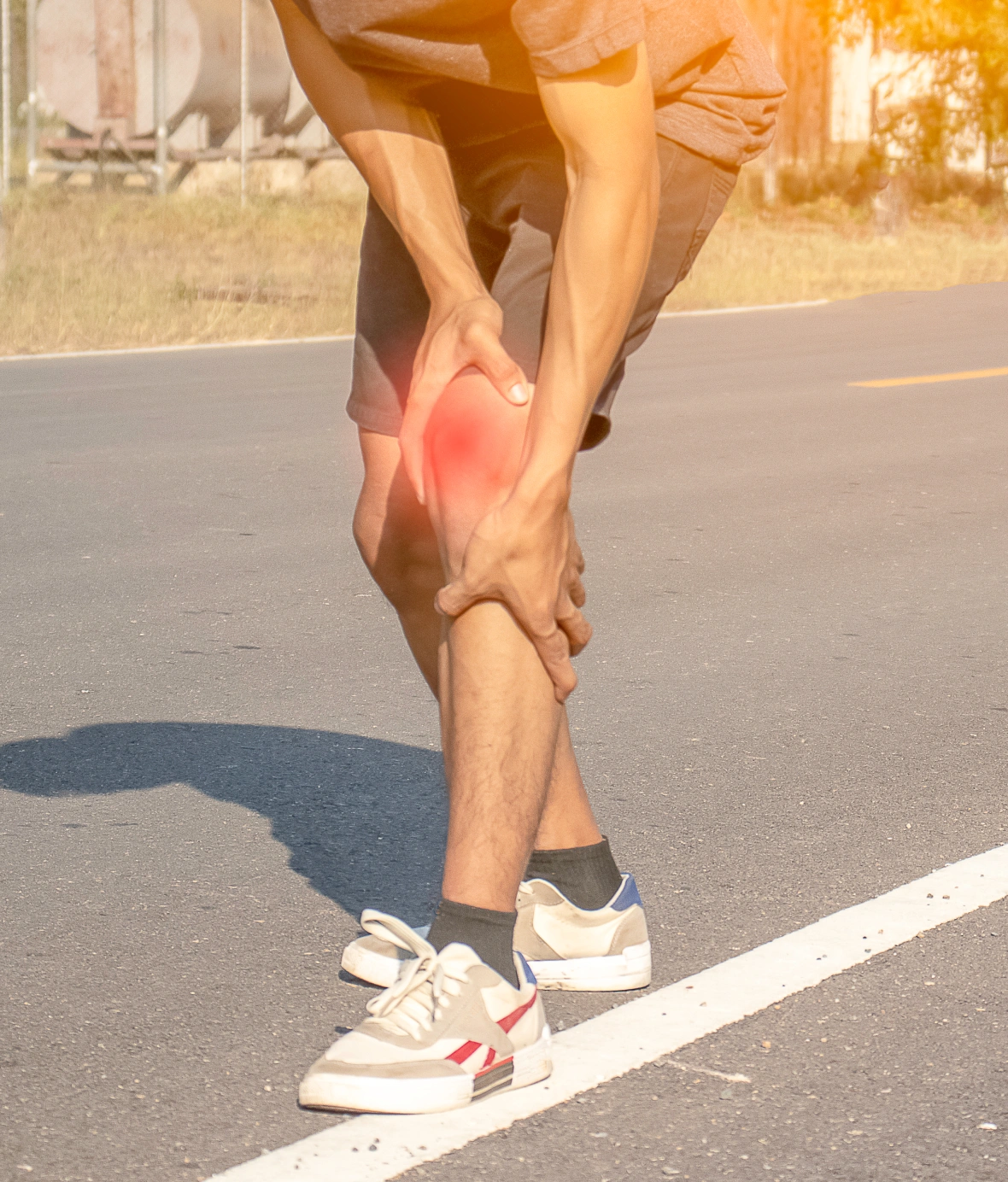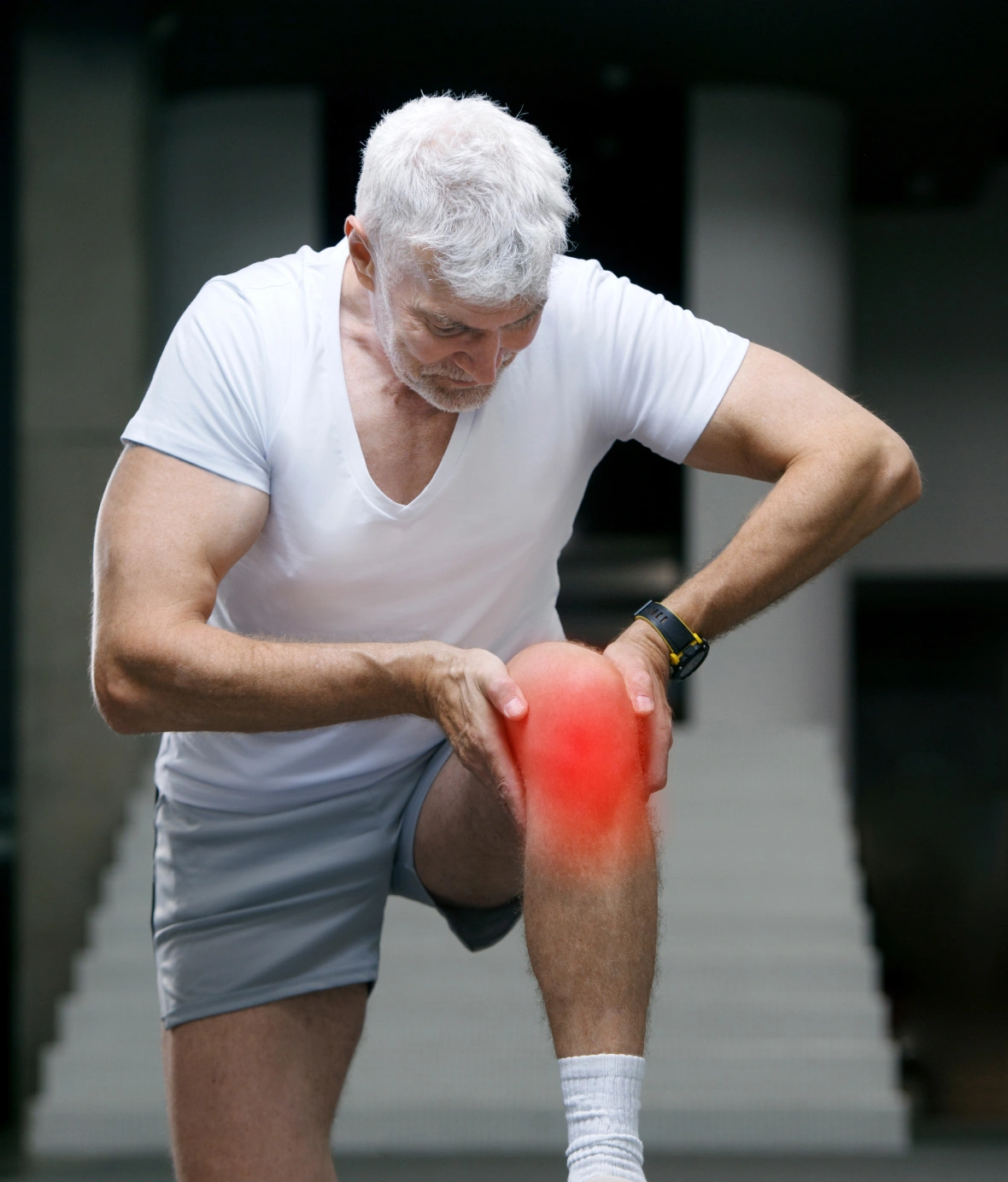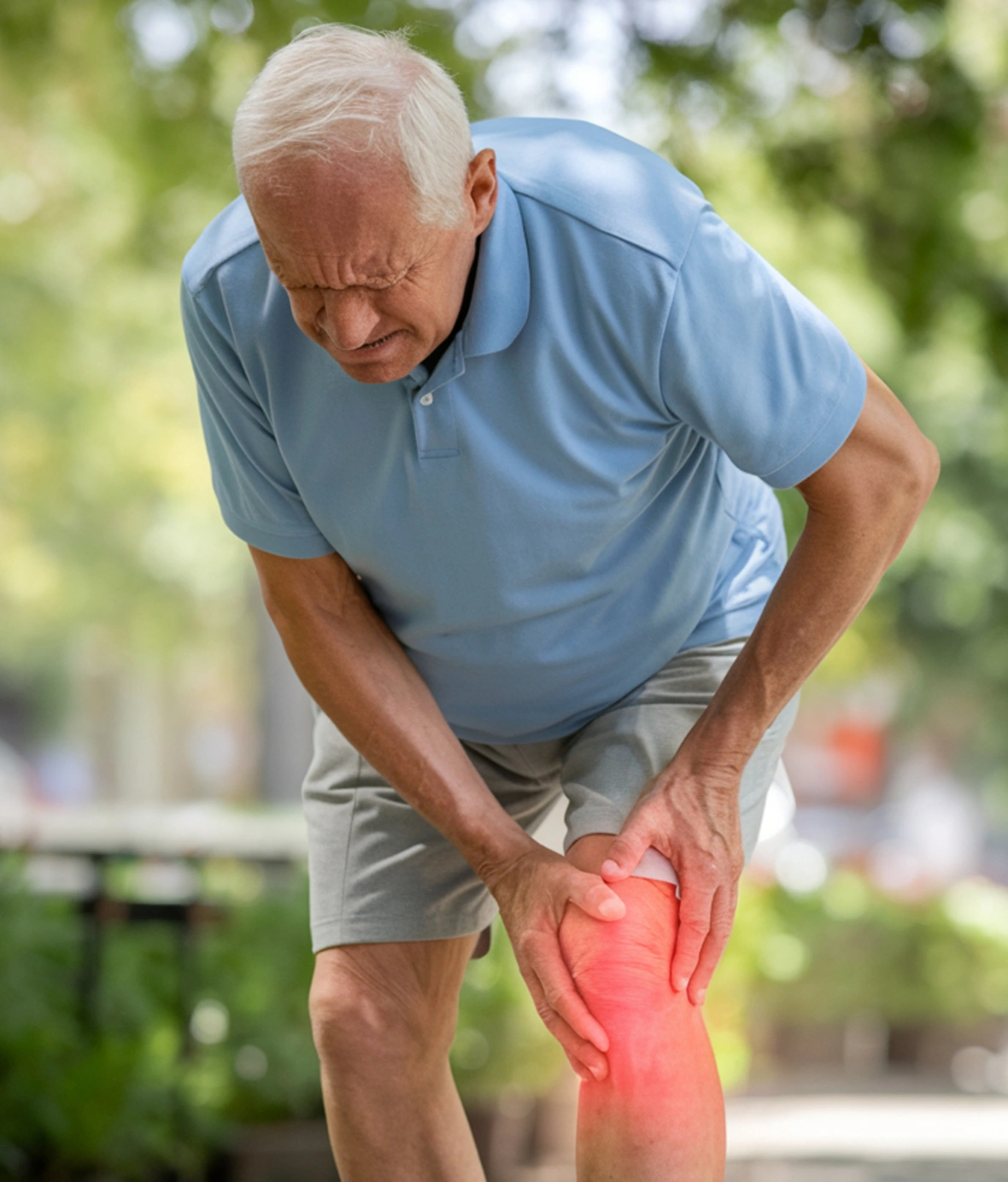Best Chondromalacia Patella Treatment in Gurugram

Chondromalacia Patella, also known as Runner’s Knee, is a condition where the cartilage under the kneecap softens and deteriorates, causing knee pain, stiffness, and discomfort during movement. It commonly affects athletes, active individuals, and people with knee misalignment or muscle imbalances. At Painflame, we offer specialized Chondromalacia Patella treatment in Gurugram, using non-surgical, evidence-based therapies to relieve pain, restore mobility, and prevent long-term knee damage.
Chondromalacia Patella can develop due to repetitive knee stress, muscle weakness, improper biomechanics, or past injuries. If left untreated, it may lead to chronic knee pain, reduced mobility, and joint degeneration. Seeking timely treatment can help prevent complications and promote long-term knee health.
Our approach includes chiropractic adjustments, physiotherapy, manual therapy, and muscle-strengthening programs to address the root cause rather than just temporary relief. By improving knee alignment, muscle balance, and joint stability, we help accelerate healing and prevent future pain. We also emphasize lifestyle modifications and movement corrections to ensure long-term knee health.
If you’re struggling with persistent knee pain or difficulty in movement, our specialists can create a personalized treatment plan to help you regain mobility and live pain-free.
Common Causes of Chondromalacia Patella
Overuse and Repetitive Stress
Frequent high-impact activities like running, jumping, or squatting put excessive strain on the kneecap, leading to cartilage breakdown and inflammation.
Muscle Imbalances
Weak quadriceps, hamstrings, or hip muscles fail to support the knee properly, causing uneven pressure on the patella and increasing the risk of pain and wear.
Poor Knee Alignment
Knee misalignment due to flat feet, knock knees, or an abnormal gait can create excess stress on the cartilage, leading to Chondromalacia Patella over time.
Previous Knee Injuries
A history of knee injuries, fractures, or ligament tears can weaken the joint, making the patellar cartilage more susceptible to softening and deterioration.
Chondromalacia Patella Symptoms – When Should You See a Specialist?
Mild knee pain is common, but persistent discomfort may signal an underlying issue. If your symptoms affect daily activities or worsen over time, seeking treatment is crucial.
Common Symptoms of Chondromalacia Patella
- Knee pain that worsens with activity, especially climbing stairs, squatting, or sitting for long periods
- A dull, aching pain behind or around the kneecap
- Stiffness or swelling in the knee joint
- A grinding or popping sensation (crepitus) when bending or extending the knee
Serious Symptoms That Need Urgent Care
- Severe knee pain that doesn’t improve with rest
- Significant swelling or redness around the knee
- Difficulty bearing weight or walking properly
- Knee instability or feeling like the knee may "give out"


Effective Chondromalacia Patella Treatment at Painflame
Finding the right treatment is essential for long-term knee pain relief and joint protection. At Painflame, we use evidence-based, non-surgical treatments to heal the knee naturally, restore function, and prevent further damage.
Our Chondromalacia Patella Treatment Methods
- Chiropractic Adjustments – Improve knee alignment and relieve stress on the patella.
- Physiotherapy & Strengthening Exercises – Strengthen the quadriceps, hamstrings, and hip muscles for better knee stability.
- Manual Therapy & Soft Tissue Techniques – Reduce muscle tension and inflammation, promoting faster healing.
- Knee Bracing & Posture Correction – Support the joint and correct biomechanical issues contributing to pain.
- Pain Management Techniques – Drug-free methods like ice therapy, ultrasound, and TENS therapy to reduce pain and swelling.
Our specialists create personalized rehabilitation plans to ensure safe and effective recovery. Book a consultation today and take the first step toward a pain-free, active life!.
How to Prevent Chondromalacia Patella
Preventing knee pain and cartilage damage requires proper movement, muscle balance, and joint care. Here are expert tips to keep your knees strong and pain-free.
Strengthen Your Leg Muscles
Perform quadriceps, hamstring, and hip exercises to support the knee and prevent joint stress.
Avoid High-Impact Activities
Reduce repetitive running, jumping, and deep squats if you have knee pain.
Improve Your Posture & Walking Mechanics
Ensure proper alignment when walking, running, or exercising.
Wear Supportive Footwear
Flat feet or improper shoes can increase knee stress; use arch support when needed.

Frequently Asked Questions
What are the most common causes of Chondromalacia Patella?
Chondromalacia Patella is often caused by overuse, muscle imbalances, knee misalignment, and past injuries. High-impact activities and poor movement mechanics increase the risk.
How do I know if I have Chondromalacia Patella?
Common signs include dull knee pain, stiffness, swelling, and a grinding sensation when bending or straightening the knee. If pain worsens with activity, consult a specialist.
What are the best non-surgical treatments for Chondromalacia Patella?
Chiropractic care, physiotherapy, strengthening exercises, and manual therapy are effective in reducing knee pain and improving joint stability without surgery.
Can Chondromalacia Patella be completely cured?
With proper treatment, exercise, and movement corrections, symptoms can be significantly reduced, and knee function can be restored, preventing long-term damage.
How can I prevent Chondromalacia Patella from worsening?
To prevent further damage, avoid repetitive knee stress, strengthen supporting muscles, maintain good posture, and wear proper footwear to reduce joint strain.

